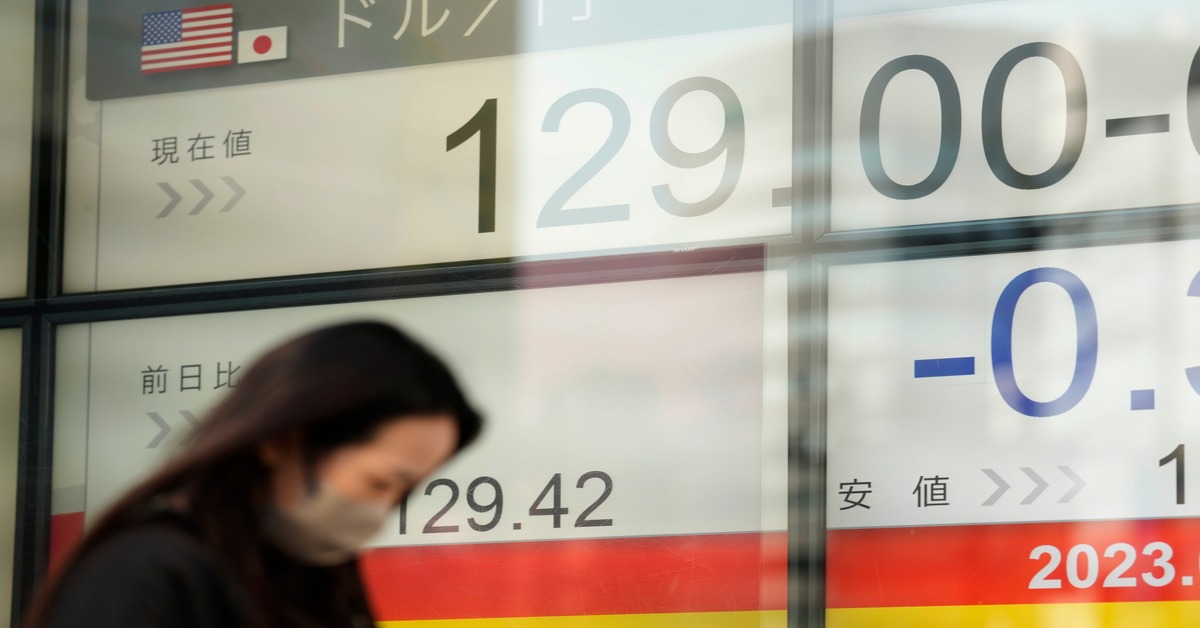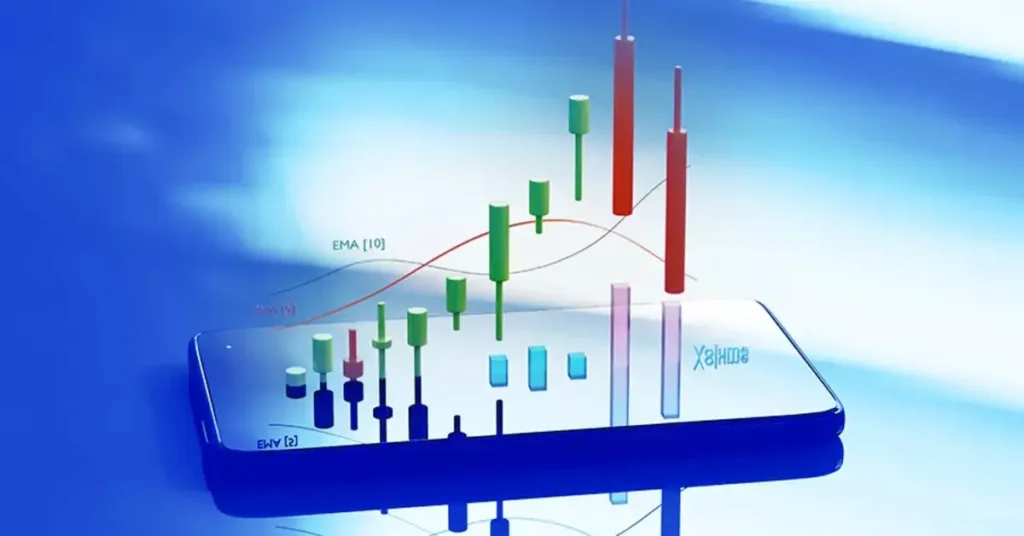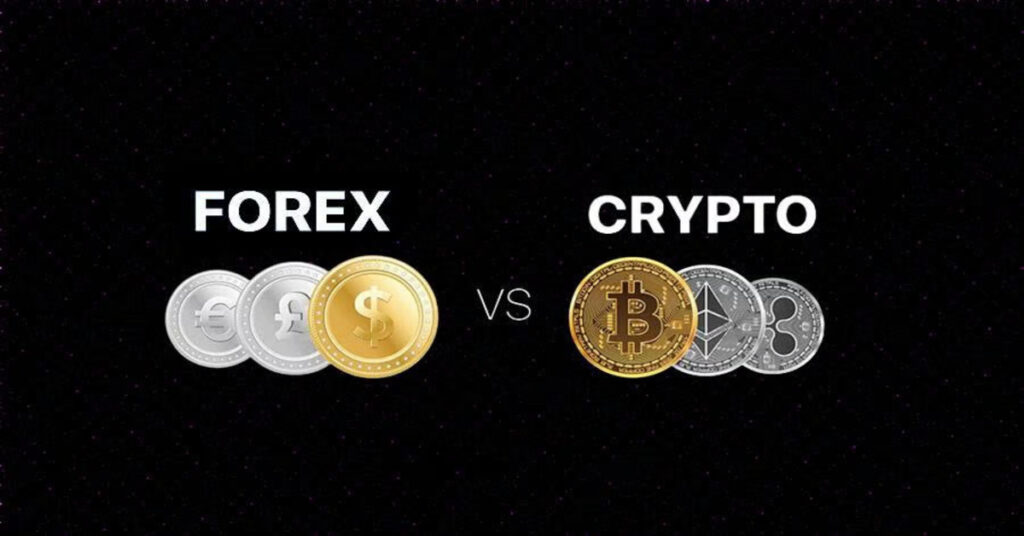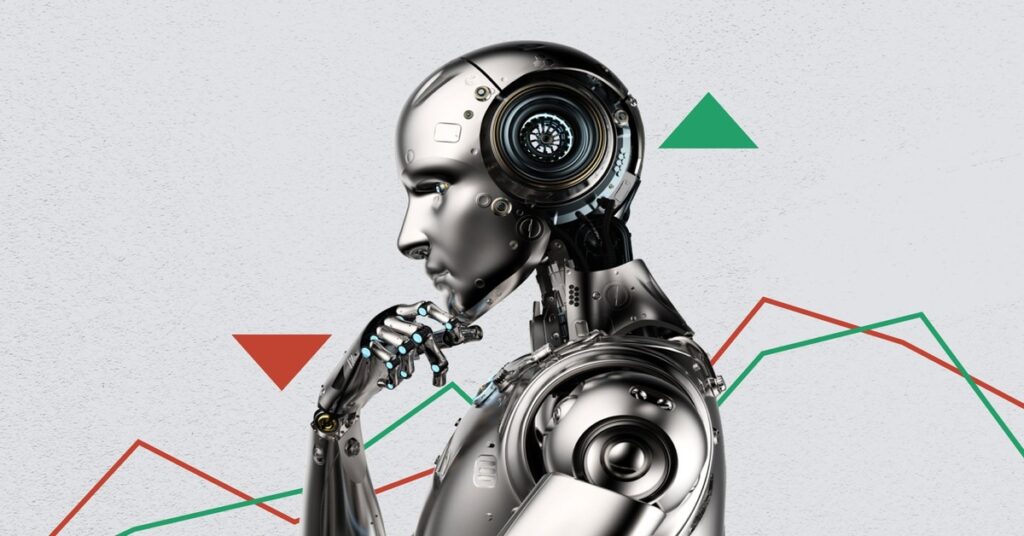Japanese Inflation Hits 10-Year High, USD/JPY Steady
Japanese inflation has accelerated to a 10-year high, with the month-on-month (MoM) inflation rate increasing at a faster pace than expected. The USD/JPY currency pair has held firm despite the inflation increase, indicating that the market may have already priced in this development.
The Bank of Japan (BOJ) has been struggling to achieve its 2% inflation target for years, and this recent acceleration in inflation may be a sign that the central bank’s efforts are finally paying off. The BOJ has implemented a variety of monetary policy measures, including negative interest rates and asset purchases, to stimulate inflation and economic growth.
The current economic climate in Japan is complex, with a variety of global factors influencing the country’s economic performance. The COVID-19 pandemic has had a significant impact on Japan’s economy, with the country experiencing a recession in 2020. However, Japan has also seen a strong rebound in economic growth in 2021, driven by a surge in exports and domestic demand.
Key Takeaways
- Japanese inflation has accelerated to a 10-year high, indicating that the Bank of Japan’s efforts to stimulate inflation may be paying off.
- Despite the inflation increase, the USD/JPY currency pair has held firm, suggesting that the market may have already priced in this development.
- The current economic climate in Japan is complex, with a variety of global factors influencing the country’s economic performance.
Understanding the Current Economic Climate
https://www.youtube.com/watch?v=L35ocuonMGA&embed=true
Inflation and the Impact on Japan’s Economy
Inflation in Japan has accelerated to a 10-year high, with the MoM inflation rate reaching a level that has not been seen since 2013. The current inflation rate stands at 1.8%, which is beyond the Bank of Japan’s 2% target. This increase in inflation can be attributed to the rise in energy prices and the supply chain disruptions caused by the pandemic.
The impact of inflation on Japan’s economy is mixed. While it can lead to increased spending in the short term, it can also lead to a decrease in purchasing power and a reduction in consumer confidence. This can ultimately lead to a slowdown in economic growth. However, if inflation is managed effectively, it can be used as a tool to stimulate economic growth.
Role of the Bank of Japan and Monetary Policy
The Bank of Japan (BOJ) plays a crucial role in managing inflation and ensuring economic stability. The BOJ’s monetary policy is focused on maintaining price stability and promoting economic growth. To achieve this, the BOJ has implemented a yield curve control policy, which aims to keep interest rates low and stabilize the yield curve.
The BOJ’s monetary policy also includes the purchase of Japanese Government Bonds (JGBs) to maintain a stable yield curve. This policy has helped to keep interest rates low, which has supported economic growth in Japan. However, the BOJ’s monetary policy has limitations, and the effectiveness of the policy can be affected by external factors such as global economic conditions.
In conclusion, the current economic climate in Japan is characterized by an increase in inflation and a focus on maintaining economic stability through the BOJ’s monetary policy. While inflation can have both positive and negative impacts on the economy, the BOJ’s focus on maintaining price stability and promoting economic growth is crucial for ensuring long-term economic stability in Japan.
The Influence of Global Factors
The recent surge in Japanese inflation is not an isolated event, but rather a reflection of a complex interplay of global factors. In this section, we will examine two key factors that have contributed to the current state of inflation in Japan: the pandemic’s effect on the economy and the interplay between major currencies.
The Pandemic’s Effect on the Economy
The COVID-19 pandemic has had a profound impact on the global economy, and Japan is no exception. The country has experienced a significant decline in economic activity, which has led to a decrease in demand for goods and services. At the same time, supply chain disruptions have caused shortages of certain goods, which has put upward pressure on prices.
In response to these challenges, the Japanese government has implemented a number of measures to support the economy, including fiscal stimulus packages and monetary easing measures. However, these measures have also contributed to inflationary pressures.
Interplay Between Major Currencies
The exchange rate between the US dollar and the Japanese yen, represented by the USD/JPY pair, is one of the most closely watched currency pairs in the world. The value of the yen has a significant impact on the Japanese economy, as it affects the cost of imports and exports.
In recent years, the US dollar has been strengthening against the yen, which has put downward pressure on Japanese inflation. However, the recent surge in Japanese inflation has coincided with a period of relative stability in the USD/JPY exchange rate. This suggests that other factors, such as supply chain disruptions and increased demand for goods, are playing a more significant role in driving inflation in Japan.
Overall, the interplay between global factors such as the pandemic and major currencies such as the US dollar and Japanese yen is complex and multifaceted. However, by examining these factors in more detail, we can gain a better understanding of the current state of inflation in Japan and its implications for the global economy.
Analyzing Key Economic Indicators
Wage Growth and Consumer Spending
Wage growth and consumer spending are two key indicators of economic health in Japan. In recent years, wage growth has been sluggish, but there are signs that this trend may be changing. According to data from the Ministry of Health, Labor and Welfare, average monthly wages increased by 1.5% in September 2023, which is the largest increase in over a year. This increase in wages is expected to boost consumer spending, which has been weak in recent months.
Core CPI and Inflation Data
The consumer price index (CPI) is a measure of the average change over time in the prices paid by urban consumers for a market basket of consumer goods and services. The core consumer price index, which excludes fresh food prices, is a key indicator of inflation in Japan. According to data from the Ministry of Internal Affairs and Communications, the core CPI increased by 1.2% in October 2023, which is the highest level in over a decade. This increase in inflation is largely due to rising energy prices and supply chain disruptions caused by the COVID-19 pandemic.
Overall, the recent increase in both wage growth and inflation data is a positive sign for the Japanese economy. While there are still challenges ahead, such as an aging population and a shrinking workforce, these indicators suggest that the economy is on a path to recovery.
Market Reactions and Future Forecasts
Investor Responses and Market Trends
Investors and market analysts have been closely monitoring the recent surge in Japanese inflation rates. The news of the inflation rate reaching a 10-year high has caused a stir in the market, with many investors showing a cautious but optimistic approach towards the future. The USD/JPY currency pair has held firm, indicating that investors are not panicking and are taking a wait-and-see approach.
The market forecast for the future is mixed, with some analysts predicting that the inflation rate will continue to rise while others believe it will plateau. Many investors are closely watching the government bond yields, especially the JGB yield, as it is a key indicator of the market’s confidence in the government’s ability to control inflation. The yield curve control policy implemented by the Bank of Japan has helped stabilize the market, but investors are still wary of any sudden changes.
Government and Central Bank Actions
The Japanese government and the Bank of Japan have been closely monitoring the inflation rate and have taken several measures to control it. Prime Minister Fumio Kishida’s government has announced a series of measures to support small and medium-sized enterprises, which will help alleviate the inflationary pressures on consumers. The Bank of Japan is expected to raise its consumer inflation forecast for the current fiscal year to 2.3% at its next meeting, from the current 1.8%.
The government bond yields have been rising steadily, and the Bank of Japan has been purchasing them to keep the market stable. The central bank has also been keeping a close eye on Treasury yields, as any sudden changes could have a significant impact on the market. Rate hikes are not expected in the near future, but the Bank of Japan has stated that it will take necessary measures to control inflation if it continues to rise.
In conclusion, the recent surge in Japanese inflation rates has caused a stir in the market, but investors and market analysts are cautiously optimistic about the future. The government and the Bank of Japan have taken several measures to control inflation, and the market is stable for now. However, investors are still wary of any sudden changes and will continue to monitor the market closely.
Conclusion
In conclusion, the recent acceleration of Japanese inflation to a 10-year high has resulted in a firm hold on the USD/JPY exchange rate. The Bank of Japan’s Governor Haruhiko Kuroda’s task of explaining his insistence on continued monetary easing has become more complicated with this development.
The rise in inflation is likely to continue due to the expected increase in consumer prices excluding fresh food. Citigroup economists predict that Japan’s key inflation measure will hit the highest level in 40 years.
While Japan’s core inflation stayed above the central bank’s 2% target in June for the 15th straight month, an index stripping away the effect of energy costs slowed. This suggests that Japan’s inflation may have peaked, but no imminent change is seen to the Bank of Japan’s monetary policy.
Overall, the current state of Japan’s economy is complex and requires careful observation. The acceleration of inflation may have an impact on the yen as well as the USD/JPY exchange rate. It is important to monitor the situation closely to make informed decisions.









